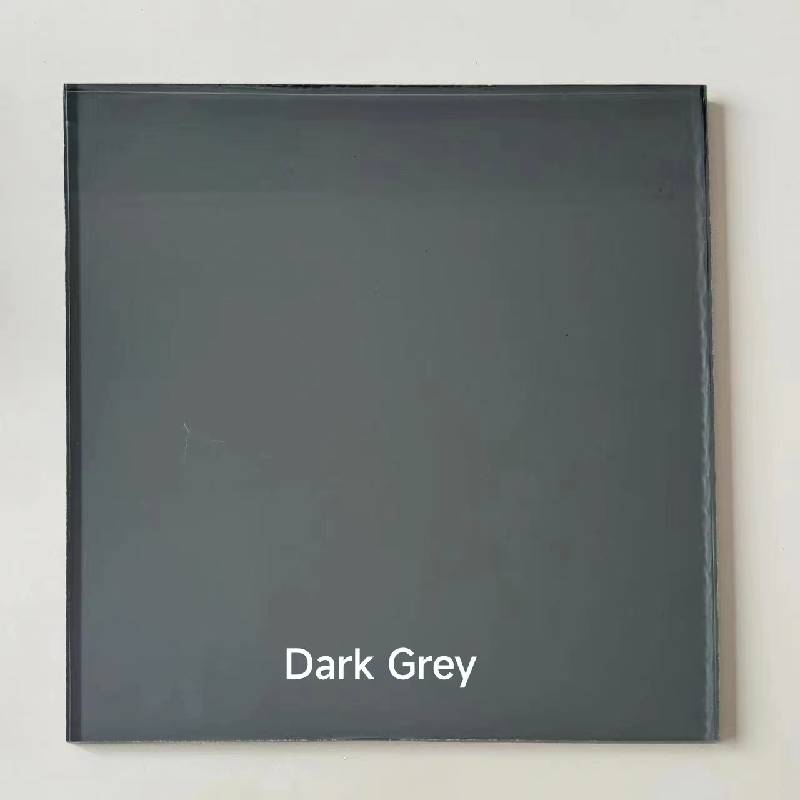

Exploring Blue Low-E Glass A Sustainable Solution for Modern Architecture
In recent years, sustainability has emerged as a crucial focus in architecture and building design. Among various materials that contribute to energy efficiency and aesthetic appeal, blue low-emissivity (low-E) glass has gained particular attention. This innovative glass type not only enhances the visual aesthetics of buildings but also contributes to significant energy savings, making it a popular choice for architects and builders alike.
Understanding Low-E Glass
Low-E glass is designed to reflect infrared light while allowing visible light to pass through. This capability is achieved through a microscopically thin coating that is applied to the glass surface. The term low-E refers to the low emissivity of the glass, which minimizes the amount of heat that is transferred through the glass compared to conventional glass. Blue low-E glass incorporates a bluish tint, which can enhance the overall appearance of the building while delivering its energy-efficient benefits.
Energy Efficiency and Environmental Impact
One of the primary advantages of blue low-E glass is its energy efficiency. By reflecting unwanted heat during the summer and retaining warmth in the winter, this type of glass helps stabilize indoor temperatures. As a result, buildings equipped with blue low-E glass can significantly reduce their reliance on heating and cooling systems. This translates to lower energy bills for occupants and a reduced carbon footprint for the environment.
Moreover, the installation of blue low-E glass contributes to LEED (Leadership in Energy and Environmental Design) certification, which is increasingly important in the construction industry. Buildings that meet LEED standards not only receive recognition for their sustainability efforts but also attract environmentally conscious tenants and buyers.
Aesthetic Qualities

Beyond its energy efficiency, blue low-E glass offers distinct aesthetic benefits. The subtle bluish hue can enhance the design of contemporary buildings, giving them a sleek and modern look. Architects appreciate this glass for its ability to create a unique visual identity for their projects. The tint can also help filter harsh sunlight, reducing glare within the building while maintaining a bright and inviting interior.
Blue low-E glass is versatile and can be used in a variety of applications, including windows, facades, and curtain walls. Whether it's a commercial skyscraper or a residential home, this glass type can complement various architectural styles, merging functionality with elegance.
Benefits for Indoor Comfort
Apart from its energy-saving properties, blue low-E glass also enhances indoor comfort. By controlling the amount of UV light that enters the building, it helps protect furnishings and decorations from fading. Additionally, it contributes to a more consistent temperature throughout the space, reducing cold spots near windows. This creates a more pleasant and comfortable living or working environment for occupants.
Installation and Maintenance
Installing blue low-E glass requires professional expertise to ensure that it is fitted correctly to maximize its benefits. It is essential to choose the right type of low-E glass based on the project’s specific needs. Additionally, while this glass is generally low maintenance, regular cleaning is recommended to maintain its appearance and performance.
Conclusion
The integration of blue low-E glass into modern architecture represents an exciting intersection of sustainability and aesthetic appeal. With its energy-efficient properties and sleek design, it not only helps reduce environmental impact but also enhances the beauty of buildings. As the world continues to prioritize sustainable practices, blue low-E glass stands out as a practical and forward-thinking choice for architects, builders, and homeowners alike. In embracing such innovations, we can work towards a more sustainable future, one building at a time.